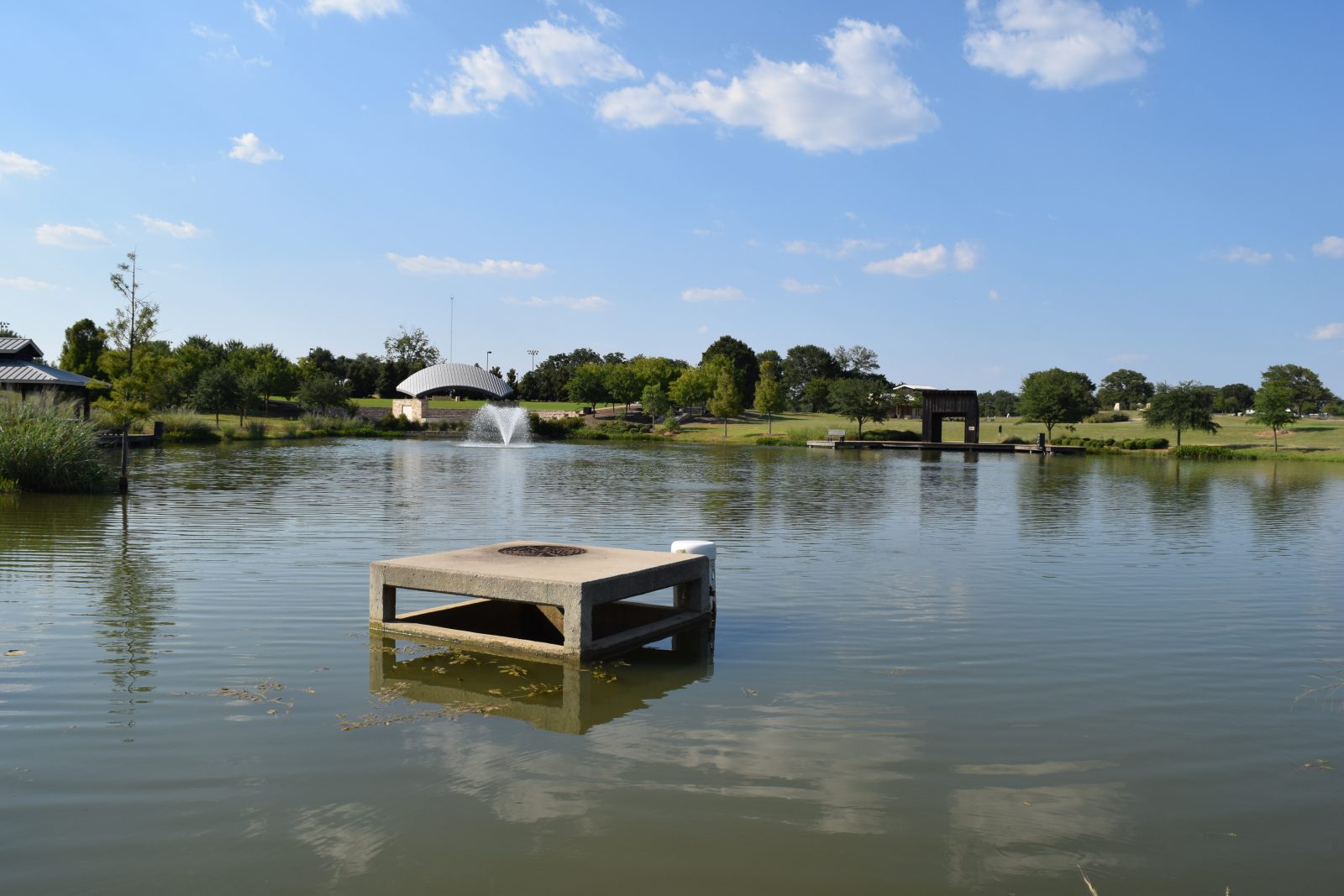
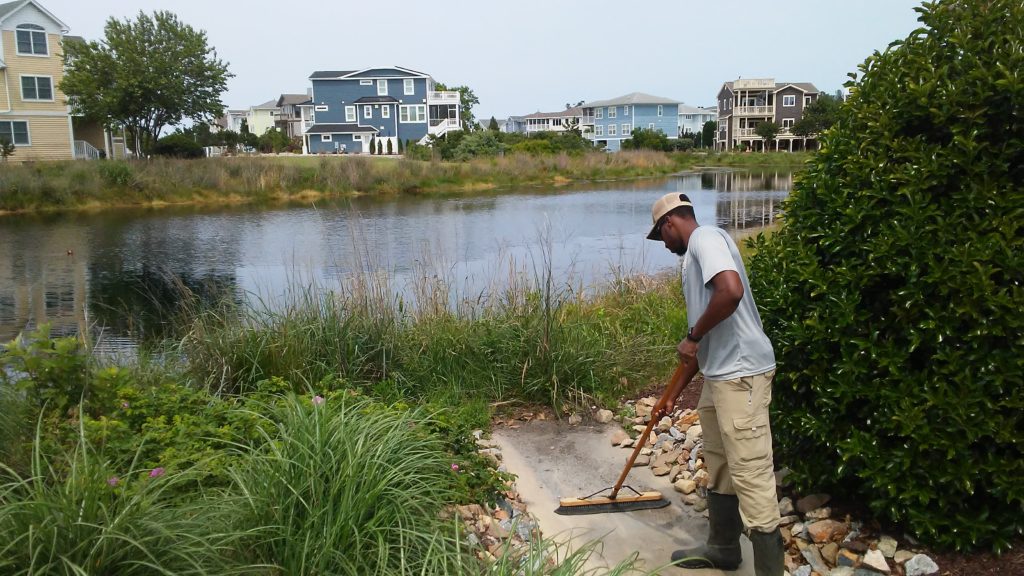
Stormwater Management in HOAs and Community Associations
For Community Managers, adding a new property to the portfolio can be both exciting and stressful. Ideally, the community will have an experienced Board that gets along well and supports a common agenda. The developer or the previous management company will have kept adequate, organized records, and the transition to new management will go very smoothly and will include all of the pertinent documents. Or . . .
One component that is frequently lost in transition is information about the stormwater management facilities in the community. While it is easy to identify wet ponds, many other stormwater best management practices (BMPs), such as bioretention areas and dry detention ponds, are not as recognizable and may be overlooked as maintenance items. It can also be confusing to understand what the maintenance obligations of the HOA are for each of the facilities, especially when the responsibilities can vary between localities, communities, and individual facilities. In some cases, the inspection and maintenance of stormwater management facilities is handled by the City or County, although more commonly, it is the responsibility of the pond owners. There may also be wet ponds in the community that existed prior to development and have no stormwater functionality, which would be considered amenity features to be maintained by the HOA.
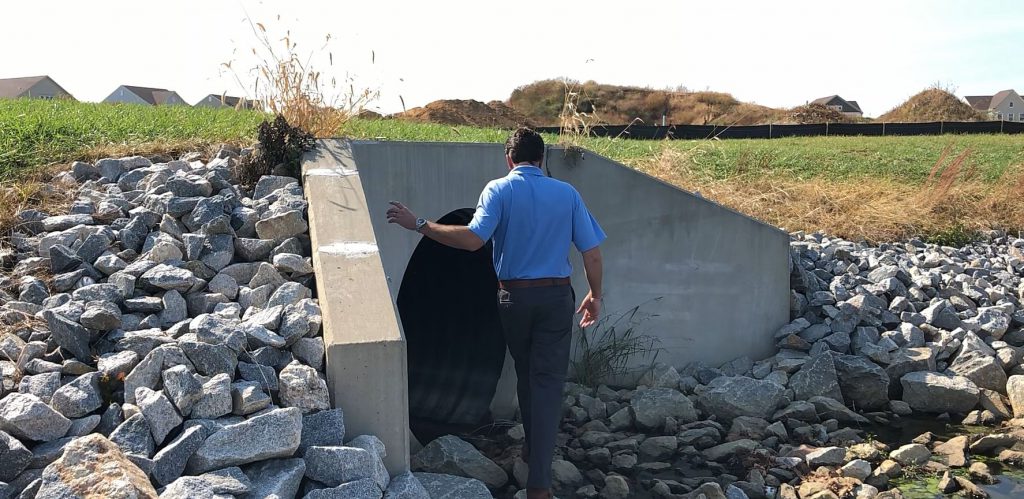
The key documentation that outlines the responsibilities of the HOA for Stormwater BMPs in the community is the Stormwater Maintenance Agreement with the locality. This document should exist for every facility that is part of an approved site development plan and should be on file with the locality if you aren’t able to locate it. The Maintenance Agreement delineates the specific requirements for each facility, such as the frequency of inspections and maintenance tasks, and identifies the responsible party for these activities. It is also recommended to have the As-Built Plans for each facility that indicate the original designed conditions, including the locations and elevations of inlet and outlet structures, and the intended basin depths and contours. The As-Builts are a critical reference for long-term maintenance activities such as structural repairs or dredging to ensure that the intended functionality of the facility is retained. Other documentation such as Reserve Studies and previous structural inspections may also provide valuable information when creating a stormwater maintenance plan for a community.
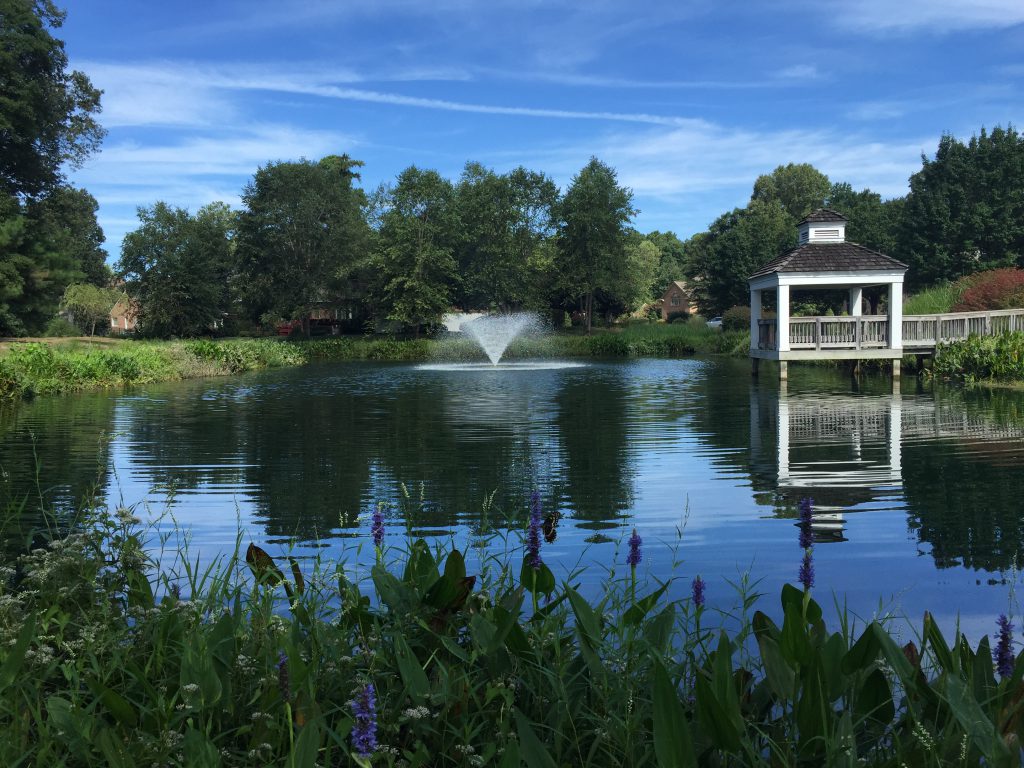
During rain events, stormwater runoff cannot soak into impervious surfaces such as pavement and rooftops, so the speed and quantity of water flowing through our communities is greater than what would have been there in pre-development conditions. Stormwater BMPs are structural and vegetative features that are designed to slow, absorb, and trap pollutants such as sediment, oil and grease, nutrients, trash and other pollutants, so that they do not negatively impact downstream water resources. As a result, the BMPs themselves become overwhelmed with these pollutants and require periodic maintenance to preserve their integrity. Retention and detention facilities that are full of sediment and debris will no longer detain stormwater, potentially resulting in downstream flooding, erosion, and pollution. And for wet ponds, the build-up of sediment and nutrients contributes to water quality issues and deteriorating aesthetic conditions.
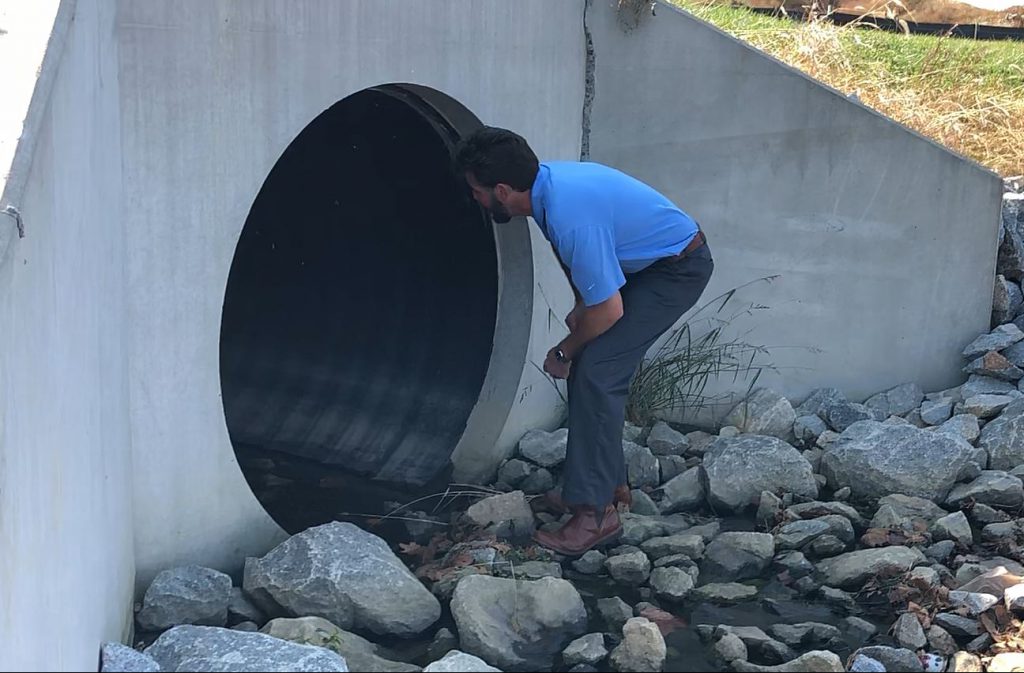
There are essentially four levels of maintenance for stormwater management facilities. Structural maintenance ensures the physical integrity of the inlet and outlet structures, the dam embankment, and the shoreline. Functional maintenance involves retaining free flow through the facilities and adequate storage volume. Aesthetic maintenance ensures that the facilities look good and are free from noxious odors, and ecological maintenance provides a healthy environment for native plants and wildlife that live in and around the facilities. Most Stormwater Maintenance Agreements focus on structural and functional maintenance so that the facilities continue to meet the objectives of flood control and pollutant removal. However, although these maintenance activities are often considered separately, they are functionally intertwined. Well-maintained facilities not only work better to achieve their flood and pollution control objectives, but they are also more attractive and tend to have healthier plant and animal communities.
All stormwater management facilities require periodic inspections and maintenance, and a comprehensive maintenance plan should be developed to address each facility in the community. The first step is to identify all of the facilities and to delineate the maintenance responsibilities for each of them. Even if a facility appears to be in good condition, it should still be professionally inspected on an annual basis to ensure that there are no hidden deficiencies, and maintenance activities should be performed proactively instead of reactively. It is always cheaper to remediate issues early, rather than to perform costly repairs when the problems become more severe. For wet ponds, bathymetric studies should be performed periodically to document the current storage volume of the facilities and the extent of sedimentation. And more comprehensive monitoring and maintenance activities, such as water quality testing, nuisance vegetation and algae management, aeration, biological water quality augmentation, and nutrient remediation may be appropriate for many ponds depending on the goals and budget of the HOA. Each facility is unique, and a stormwater maintenance professional can help you develop a specific plan for your community.
SOLitude Lake Management is a nationwide environmental firm committed to providing sustainable solutions that improve water quality, enhance beauty, preserve natural resources and reduce our environmental footprint. SOLitude’s team of aquatic resource management professionals specializes in the development and execution of customized lake, pond, wetland and fisheries management programs that include water quality testing and restoration, nutrient remediation, algae and aquatic weed control, installation and maintenance of fountains and aeration systems, bathymetry, mechanical harvesting and hydro-raking, lake vegetation studies, biological assessments, habitat evaluations, and invasive species management. Services and educational resources are available to clients nationwide, including homeowners associations, multi-family and apartment communities, golf courses, commercial developments, ranches, private landowners, reservoirs, recreational and public lakes, municipalities, drinking water authorities, parks, and state and federal agencies. SOLitude Lake Management is a proud member of the Rentokil Steritech family of companies in North America.









